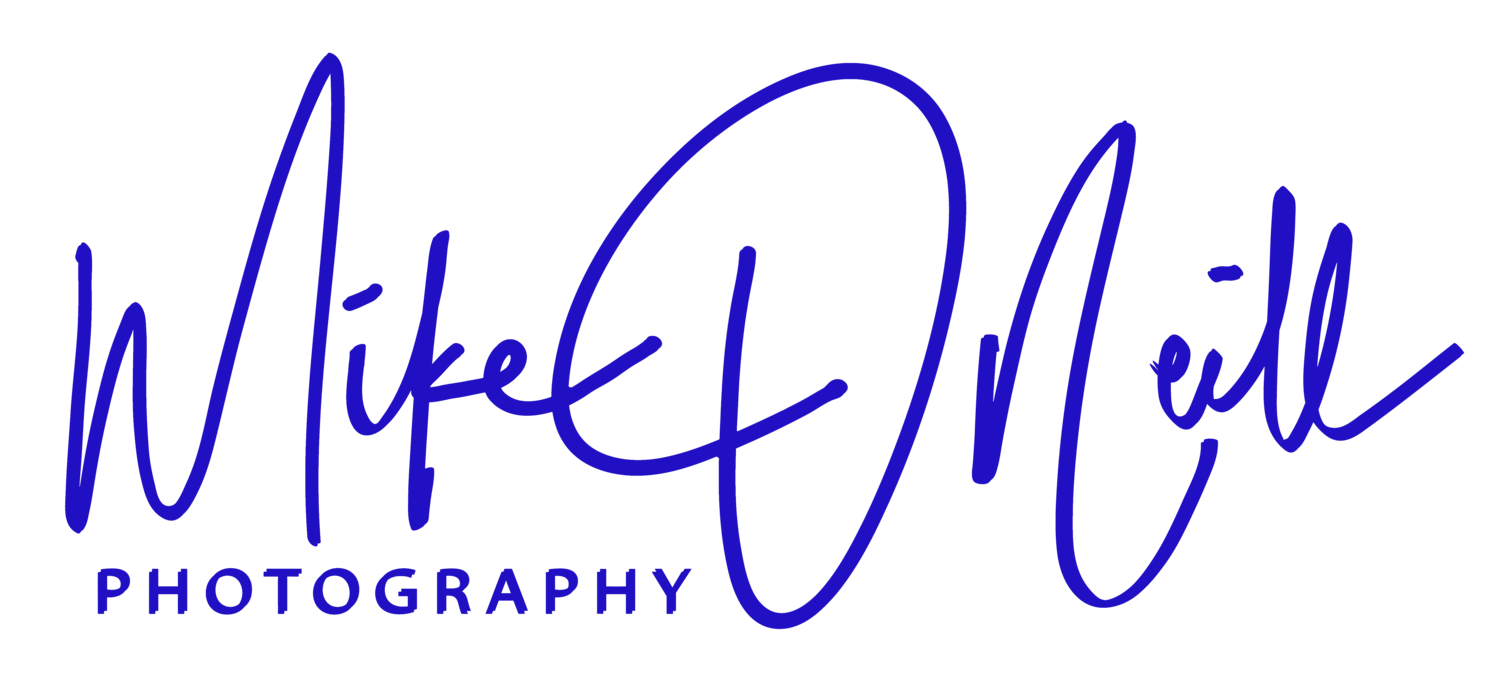About being a real estate photographer
So many people feel that if they buy a DSLR camera and watch a few YouTube demonstrations, they’re ready to take professional grade pictures of their home. Everyone wants quality photographs to sell their home at the best price, but often amateur photography falls short and the seller ends up settling for a lower listing price as a result or their home remains on the market longer. No one wants to see their home languish on the real estate market for weeks or even months.
DSLR cameras are awesome, but even though these cameras are noted for taking HD clear high-quality images, that doesn’t necessarily mean the shots are going to instantly be “professional.”
What makes a photograph truly professional?
Professional photographs have a way of drawing you in. They’re brighter and have a bit of character to them. The main thing is they draw the buyer’s eye to the home or object featured in the photograph.
Composition and Space
A professional photographer maps out the floor plan in his mind before a shoot. He takes time to learn how the rooms connect with one another. He visualizes the lines that run through a photograph and the objects therein. He wants to lead the buyer’s eye through the room in the shot. Viewing these pictures, the buyer will see how the home is laid out. This requires a mastery of composition.
Professional photographers focus on the space, not just on the granite countertop. You can tell when a real estate agent has photographed a home. You’ll see a close-up shot of a granite countertop or fancy backsplash. Or the farmhouse sink may be the focal point of the kitchen photograph. This shows the buyer nothing about the kitchen space itself as a whole and doesn’t give any semblance of context. A professional photograph will show where the kitchen is in relation to the living room and hallway. Is it an open floor plan? Is the kitchen a small “one-butt” kitchen or is it one with a huge island? This is something a professional photographer would show-and-tell in a shot.
Avoid Mistakes
Also, professional real estate photographers know how to avoid silly mistakes such as closed doors in a room shot. If the doors of the room are closed, how will the potential buyer be able to see how the room is connected to other rooms? Other noticeable mistakes that amateurs make are capturing themselves in the reflection of mirrors, taking shots with pets included, photographing small, crowded spaces, and not turning on the lights or opening the blinds.
Professional Camera and Lighting Equipment
A professional photographer will use the right equipment and be well-versed in various photographic techniques to capture photos that attract the buyer’s eye. Professional photographers like Mike ONeill Photography use high-quality cameras and wide-angle lens. Why is wide angle lens important? A lens above 20 mm allows the photographer to show how the rooms are connected. Now, that doesn’t mean you should make a room look larger than it really is. A professional grade photographer will capture the rooms of a home just as you would see them in person. Otherwise, the picture will seem manipulated and therefore the potential buyer may feel deceived. Honest photography is always best.
Natural light is best when shooting interior shots, but sometimes a flash is necessary. Having appropriate flash and lighting equipment is essential in real estate and commercial photography.
Hiring a professional real estate photographer is well worth the fee because quality photos capture a buyer’s eye and can bring about the first call of action—a request to see the home. That’s invaluable to anyone trying to sell their home.
Mike O’Neill Real Estate Photography has been serving the Knoxville area since 2007. Professional grade real estate photography can help you sell your home weeks earlier and at a higher listing price.
Call Mike today at (865) 292-3865 to schedule a session.
